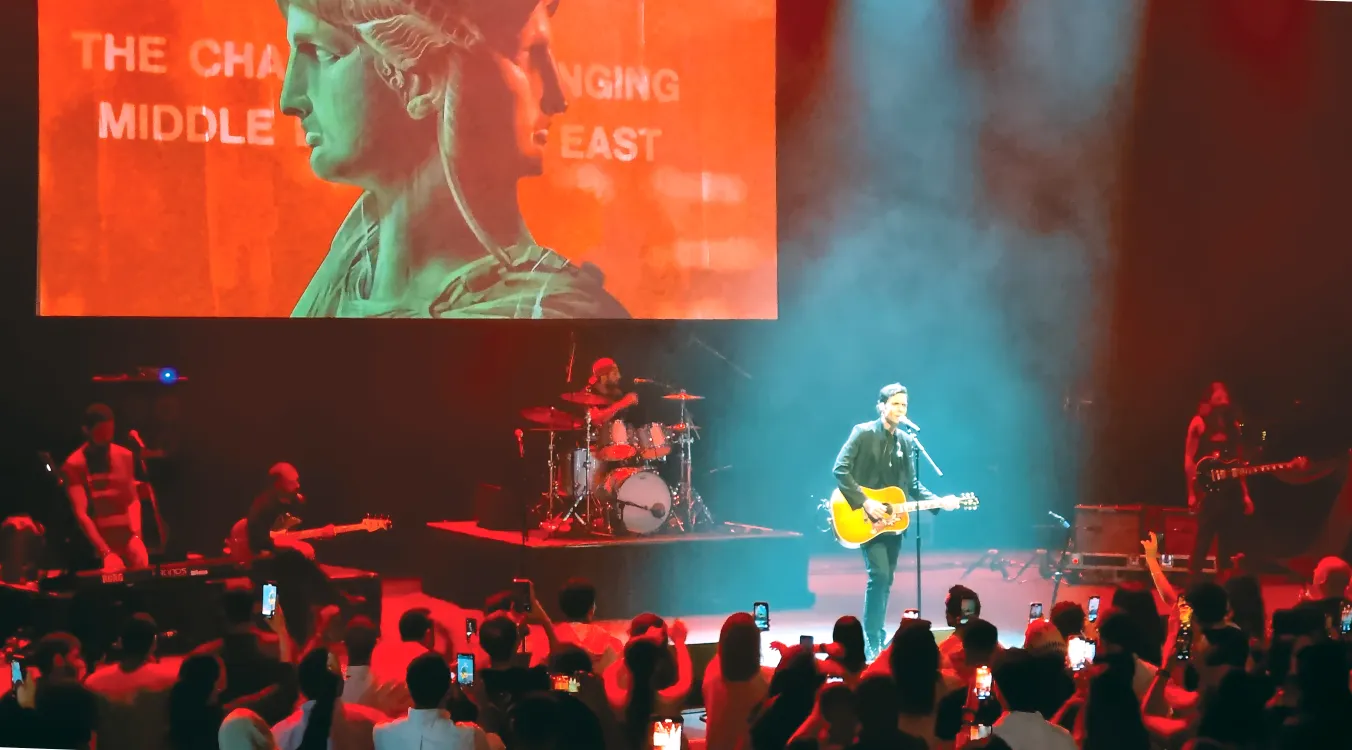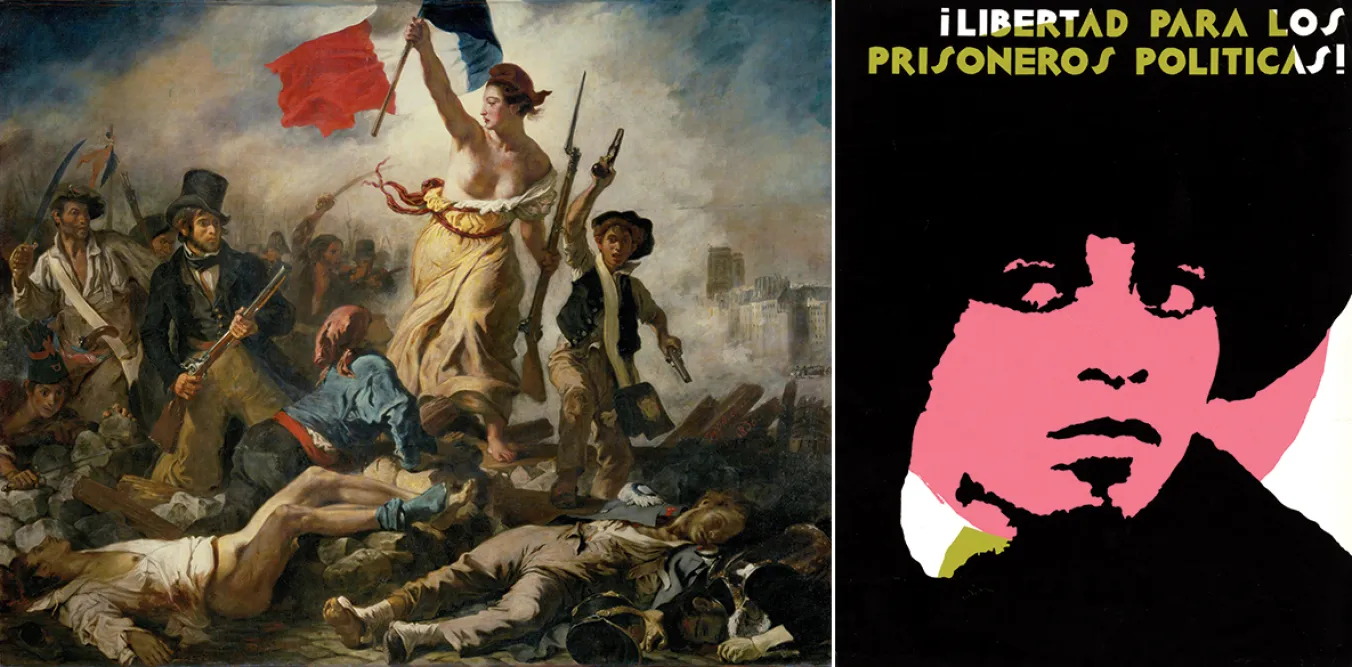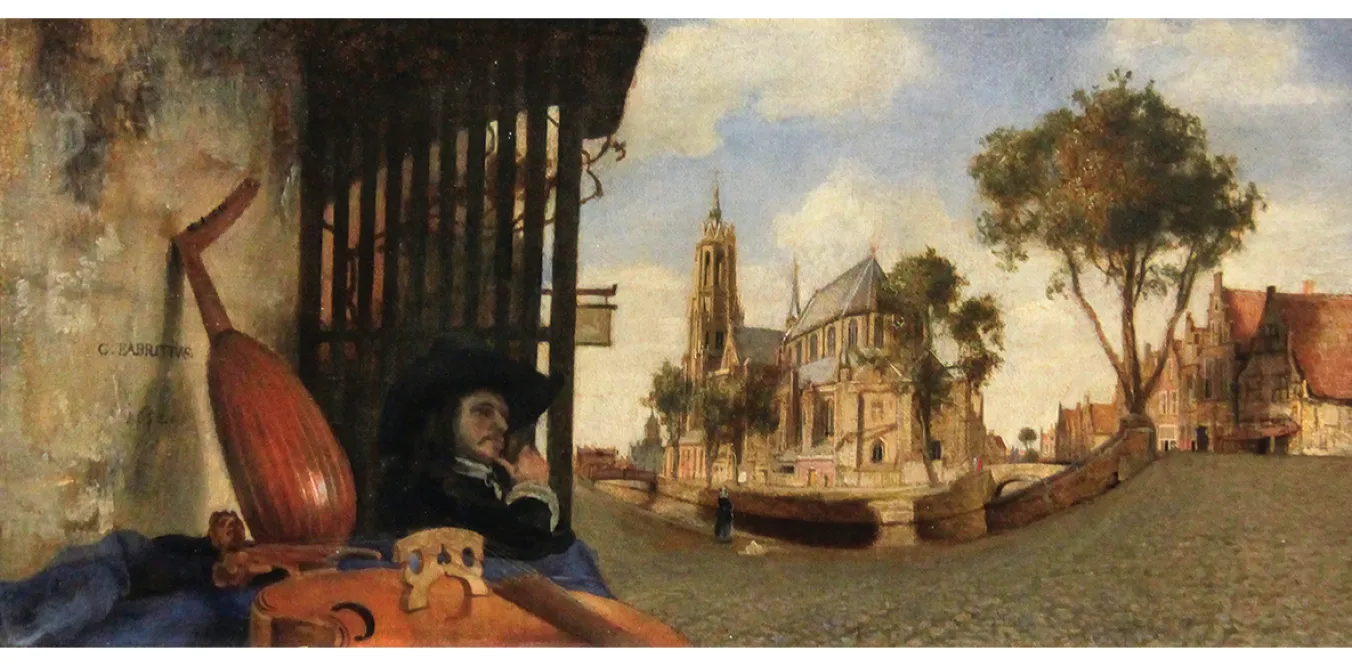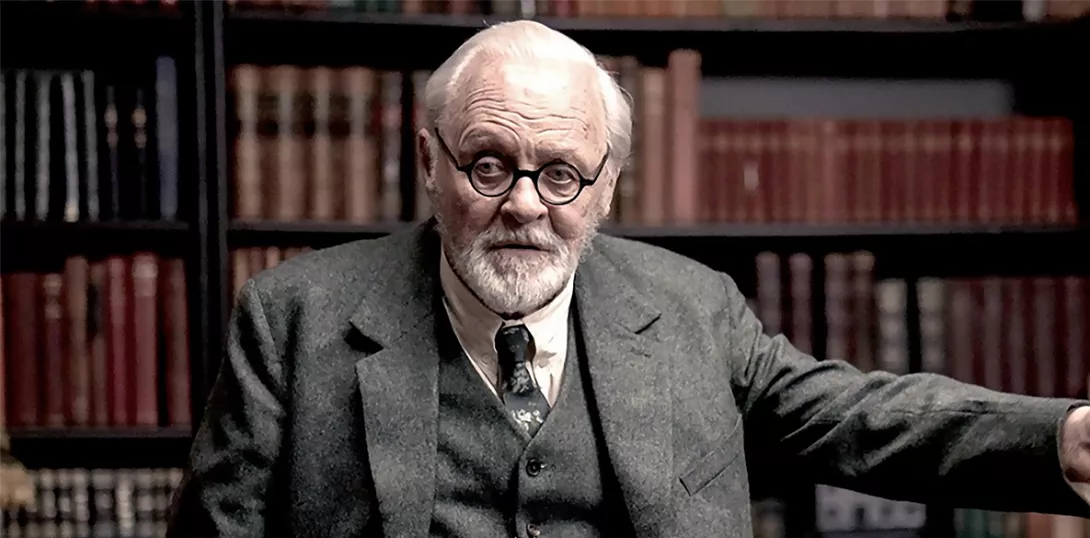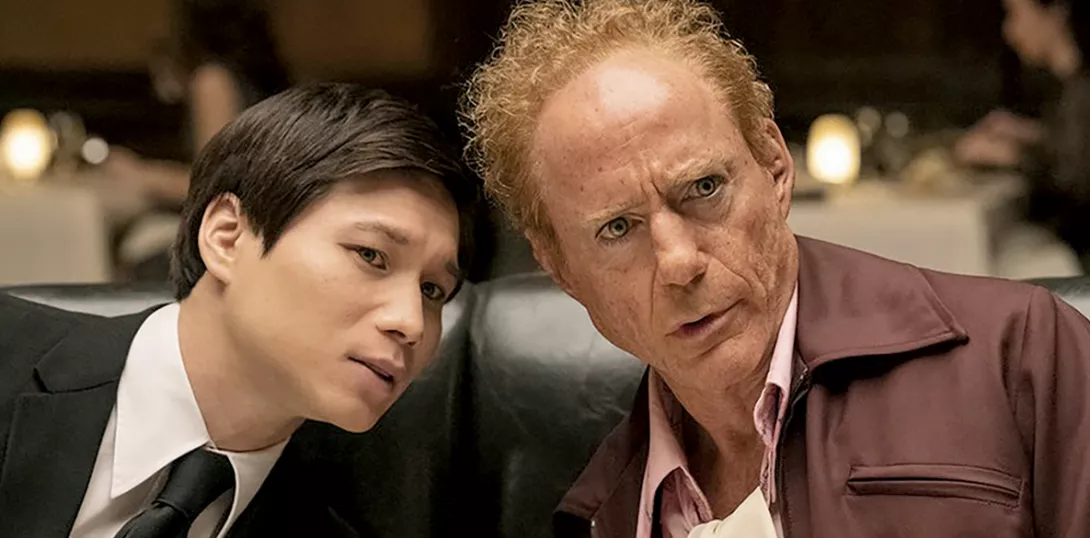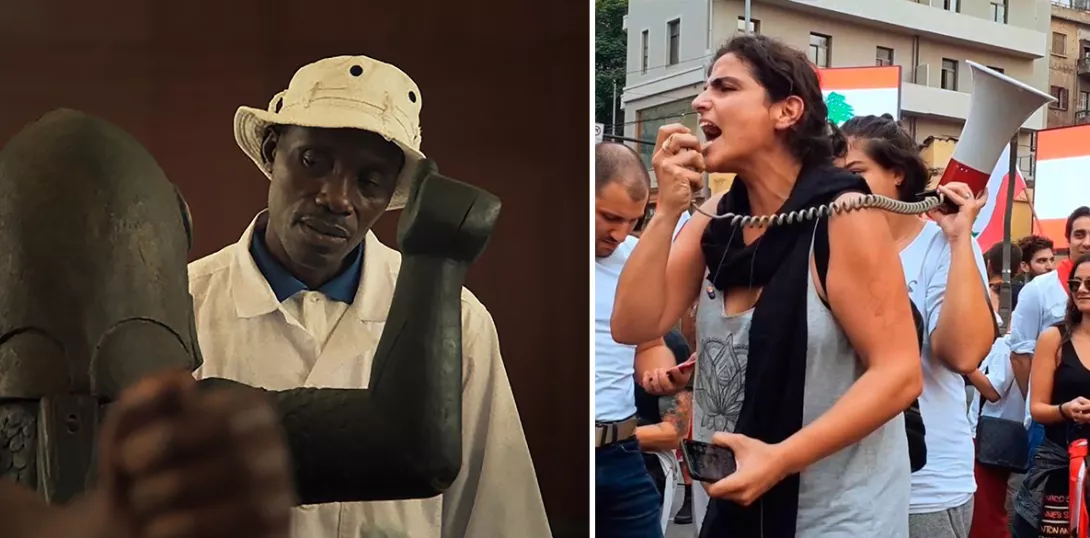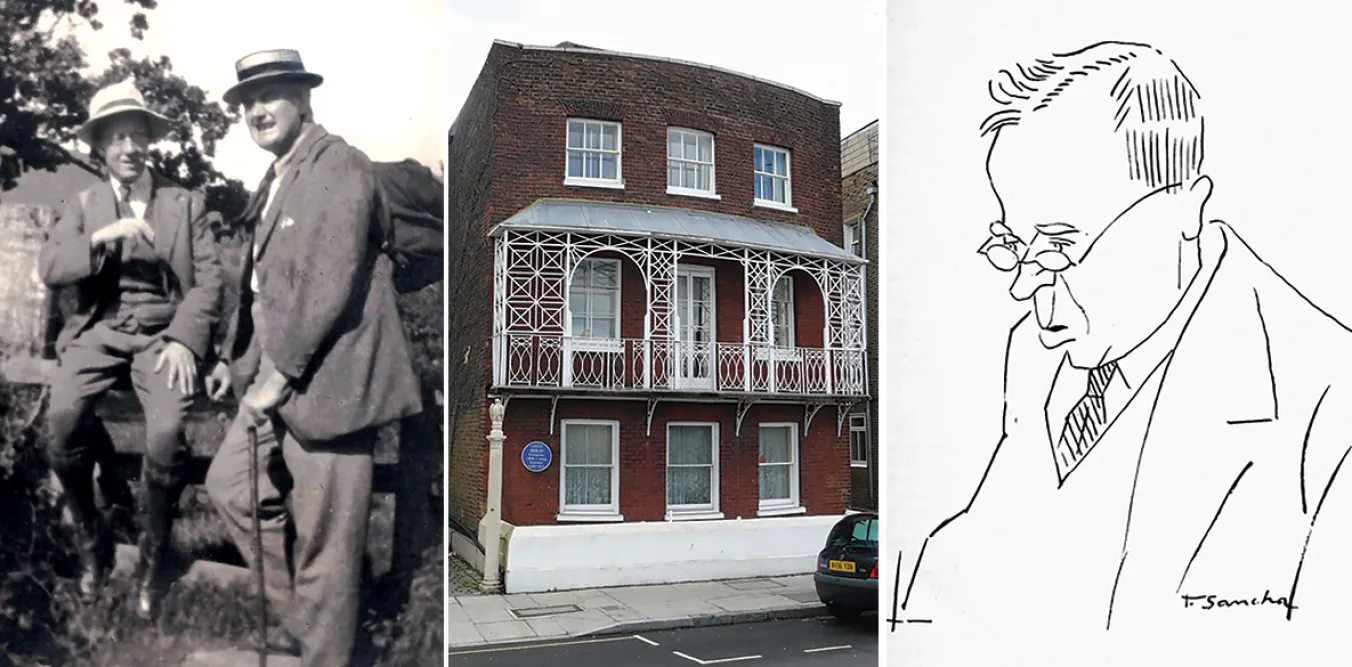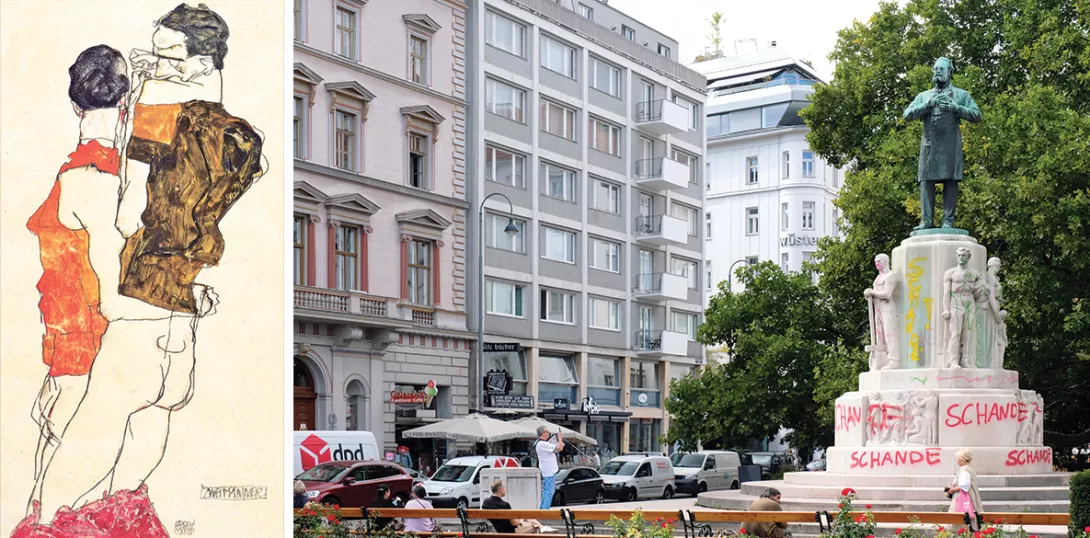
WHAT to say about Vienna?
The city has a history of rabid anti-semitism, openly paraded during the fin-de-siecle administration of its mayor Karl Lueger. Lueger, founder of the Christian Social Democracy Party, did bring the city’s utilities — transportation, gas, water and electricity — under public control but he rationalised these takeovers by xenophobic means as a method of warding off British attempts at controlling the city.
There is a statue of Lueger at the Volksoper (the People’s Opera), site of light opera and operetta which the mayor helped found and which over the holidays revived an operetta, Let's forget the world - Volksoper 1938, from the time of the Nazi invasion overlaid with a contemporary plot about its Jewish producers and directors’ fear of what will happen to them.
The statue presents a heroic Lueger posed atop the workers of the city whom he claimed to champion. The interesting thing about the statue is that, in the wake of the Black Lives Matter protests and defaming of slave traders’ statues in Europe, it has graffiti markings all over it.
The back of the statue has the word “Nazi” scrawled on it and the front says, “I never felt so free,” markings made in 2022. The city has declined to remove both the statue and the graffiti, a fitting way of both displaying and commenting on this conflictual and tortured period of its history.
Two of the city’s most famous one-time residents were formed in this crucible. Theodore Herzl, the founder of Zionism, which is currently threatening to lead the world into a full-scale war in West Asia (the so-called Middle East) originally favored assimilation for Vienna’s Jewish population but because of the virulence of the anti-semitism in the city he turned instead to embracing a Jewish separatist homeland and state, now become the apartheid state of Israel.
The other famous visitor, from his hometown in Linz, was Adolph Hitler, who arrived in the city during the last three years of Lueger’s reign where his own lethal form of anti-semitism was hatched.
While Vienna’s globally famous culture was being defined by the likes in psychology of Freud’s psychoanalysis and discovery of the unconscious, in drama by, according to Freud, his “double,” Arthur Schnitzler (Professor Bernhardi https://www.youtube.com/watch?v=IbCqYqSYbVY), by the Expressionism of painters like Max Oppenheimer, whose work is on display at the Leopold, and Oscar Kokoschka (at the Albertina modern), and in music with the 12-tone discordant compositions of Arnold Schoenberg https://www.youtube.com/watch?v=Hc8fnzfgZmY, an explanation of which is on display at the Schoenberg Center, all originating from a Jewish milieu, Lueger gave open expression to Jewish stereotyping and enflamed prejudice.
Vienna has also one of the most eloquent monuments to Holocaust victims by British artist Rachel Whiteread. The Judenplatz Holocaust Memorial/Nameless Library https://morningstaronline.co.uk/article/c/holocaust-memorial-judenplatz-vienna won the competition but it took years to overcome administrative and public opinion resistance before it was realised in 2000.
A divided city, poised between a gleaming future, voted in poll after poll the most livable city in the world as a result of its socialist and social democratic reforms, and a torturous past, with both an absorbing intellectual and cultural tradition in large part thanks to its Jewish population, nevertheless a breeding ground for anti-Semitism and, in the establishment of Theodor Herzl’s Zionist Organisation, the cradle of the Zionist worldview that is currently enflaming the Middle East, or, in the view of the global South, West Asia.
All these aspects of the city were on view this last holiday season as the city opened new museums devoted to its history: the newly restored Wien Museum, which did its best to question and foreground aspects of the city’s troubled past and the Strauss House, a privately owned monument to the three Strauss family members of composers and musicians who had a popular tune, often a waltz, for every occasion.
These included The Revolution March https://www.youtube.com/watch?v=NIOxv_KHjwA for the 1848 uprising which saw barricades in front of the city’s most famous landmark St Stephens Cathedral and the Demolition Polka https://www.youtube.com/watch?v=c_FtYOchtjw written at the time of the pulling down of the medieval city wall to create the modern ring.
That work was done mostly by migrants, shipped in and then shipped out as the work was finished with the dust from the wall causing pulmonary tuberculosis, called the “Viennese disease”, among workers and residents for the next five decades from the mid-1850s and recalling the US use of Chinese to perform the dangerous work of building the intercontinental railroad in the Sierra Nevadas where many of them perished and where, as on the ring, their work was never acknowledged.
The city’s reputation as most livable begins with affordable housing, with 40 per cent of all housing either public or subsidised by the city and 60 per cent of all tenants living in these homes.
It was during the time of Red Vienna, following WWI, that large scale housing (with Karl Marx Hoff the salient example) was built for the city’s poorest who moved out of the hovels that barely sheltered them to modern apartments with electricity and gas, utilities publicly owned, as was and is the majestic and cheap transit system consisting of subways, buses and trolleys seamlessly crisscrossing the city.
Of course, as in any global city, public housing is now being contested with the omnipresent cranes, the sign of new private apartment complexes and condos being erected. As the Wien put it: housing “is becoming a commodity” and, as the exhibit said disapprovingly “fixation on ownership does nothing to foster solidarity.”
